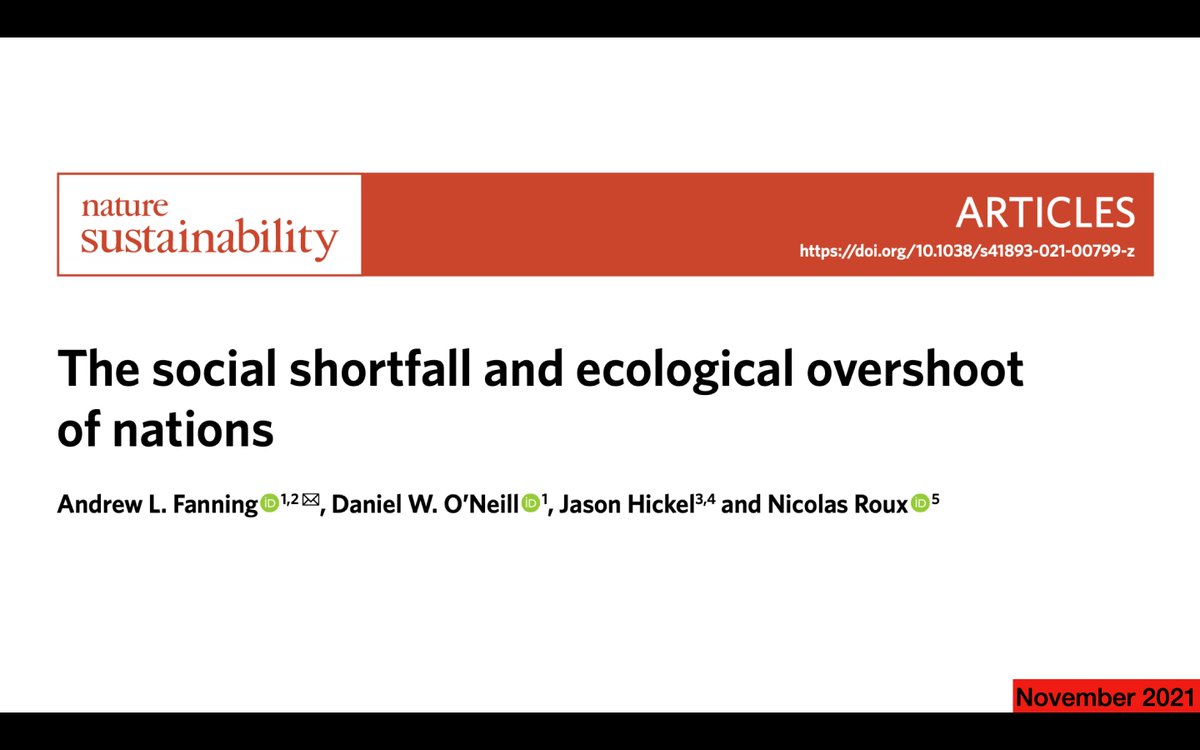
A “tsunami of e-waste”: in 2019 the global amount reached a staggering 53.6 million metric tons - an increase of 58% in less than 10 years, making it the world’s fastest growing waste stream.
Transferring these numbers to the global population would assign 7.3 kilograms to each individual. Yet, in France it reaches 21 kg per capita, indicating that more developed countries are responsible for the lion share of the total amount.
When things break, we don’t fix them: Today, only 30% to 40% of electrical and electronic equipment failures are repaired in France. Outside the warranty period this number even falls to 10%.
Extending the lifespan of electronic equipment in France could avoid up to 2,218 tonnes of CO2 emissions per year related to the repair of smartphones and up to 5,704 tonnes of CO2 emissions per year for TVs.
Trying to do that, France introduced in 2021 the mandatory display of a repairability index for electrical and electronic equipment.
• • •
Missing some Tweet in this thread? You can try to
force a refresh






















